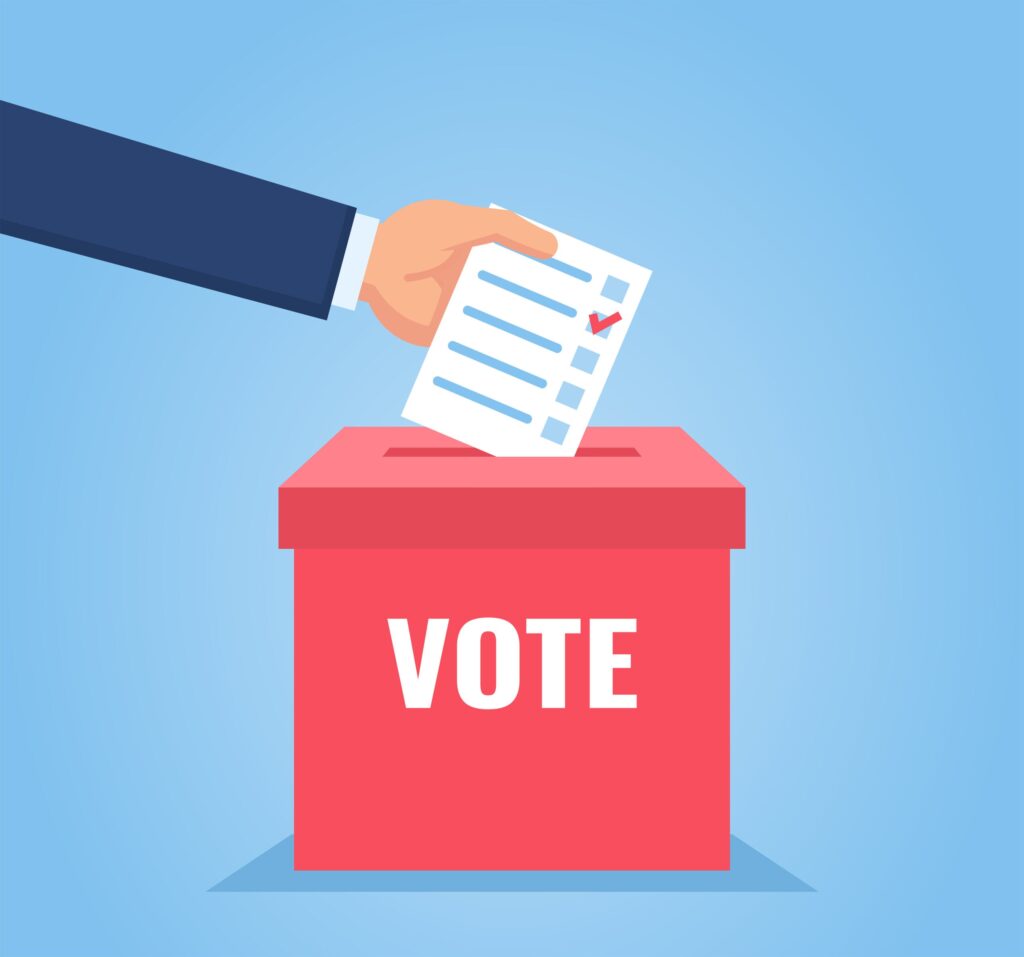As marketing executives generate large amounts of big data from analytics and business intelligence applications, they must have a strategy in place designed to leverage all of that data.
Once valuable information is culled and packaged, how will it be used to help engage customers more effectively? Even more important is how marketers in industries that need a high degree of personalization can use data to their advantage. One solution is to tap into the power of natural language generation (NLG).
 NLG is an AI marketing tool used to scale content creation and ease some of the pressure on marketing by automating routine content creation tasks. NLG helps marketers generate a constant flow of individualized content across various channels.
NLG is an AI marketing tool used to scale content creation and ease some of the pressure on marketing by automating routine content creation tasks. NLG helps marketers generate a constant flow of individualized content across various channels.
“In 2019, automated text generation will be a key component of 90 percent of BI and Analytics platforms,”according to Gartner’s Kaysey Panetta, Why? As companies work to streamline their marketing operations and improve efficiency, leveraging intelligent automation becomes an important component of creating a competitive advantage.
What is unique and easily overlooked about NLG is that the benefit is not simply creating one product description, rather, it’s the opportunity to generate multiple versions of the description with human-like accuracy, across multiple languages, very quickly. Is any marketing executive interested in better scaling personalized content creation for more effective campaigns? I would think so.
Tackling the content dilemma with NLG
When it comes to technology that helps support marketing activities, metadata is a life saver. NLG automatically creates text using structured data. This is extremely helpful since unique product description text can be created for multiple products. Creating text at scale in milliseconds is what makes NLG so unique and valuable.
One of the key aspects of NLG resides in its ability to understand grammatical structures. NLG can merge content and metadata that produces grammatically correct text with wording that is just like an average person would use. A self-service interface allows editors to enhance tonality, control vocabulary, generate text arbitrarily using rules, and view content quality metrics—in any language.
For organizations that have to generate highly repetitive text, like a clothing retailer for a product catalog or a company’s annual report, NLG makes the process much simpler.
Examples of NLG in Action
● Digital Commerce NLG is the ideal technology for e-commerce marketers that need to create thousands of product descriptions for entire product catalogs.
● Publishing NLG creates thousands of news stories allowing publishers to create articles more quickly, at a reduced cost, and potentially with fewer errors than human journalists.
● SEO NLG helps tag images for SEO purposes, an undeniably manual task. In this way, it abstracts information from pictures, combines that information with product descriptions, and creates new text to drive better search results.
● Brick & Mortar NLG easily customizes store landing pages with data such as store hours and menus.
● Travel & Tourism Based on the ability to grasp grammatical structure, NLG automates descriptions about locations, hotels, resorts, their grounds and rooms, as well as bars and restaurants—even events.
● Finance & Insurance News reports on stock market results can easily be generated by AI-driven NLG software.
● Human Resources While automating the creation of job descriptions is nice, the ability to publish to any channel such as your own website or third-party job website can save an enormous amount of time.
Tapping into the power of NLG gives marketers the ability to improve digital experiences, reduce costs, streamline operations and raise the quality of content. The hidden value lies in the fact that marketers drastically reduce the time it takes to produce content, which allows them to develop more compelling stories about how customers are using a company’s products, and personalizing content for a digital experience edge. And the ultimate value NLG gives marketers is increased revenues and average revenue per user (ARPU).
For marketers who feel like they are fighting an uphill battle to produce more and more content, and share that content across multiple channels, NLG can have a very positive impact. In fact, NLG is an important capability to look for in next generation digital experience platforms and content management systems. Remember that not just marketing organizations benefit from NLG, but so do human resources, sales, service and production departments. Any business that wants to create a regular stream of new, personalized content in an automated way should explore NLG since it can go a long way towards improving the customer experience.
Michael Gerard is CMO of e-Spirit.




